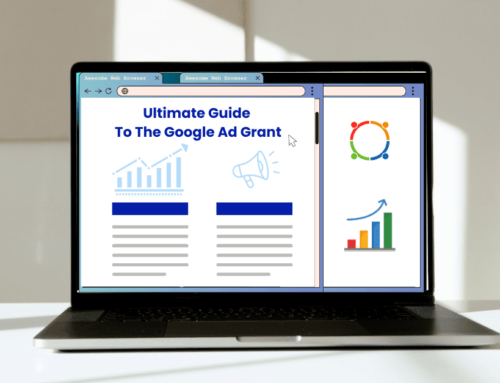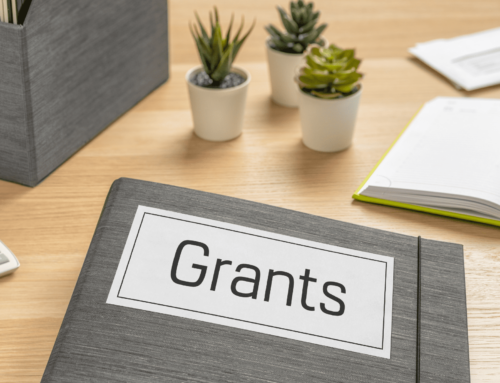The short answer: Because it’s the key to increasing your conversion rates.
Think of your Google ad campaigns as invitations. If an invitation doesn’t tell you when or where the event will take place, or how to get there, no one would show up. So, when visitors click on your “invitation” they (and Google) want it to quickly connect them with the details. The best way to accomplish that is to create different landing pages for each topic. Optimized, targeted landing pages answer each visitor query. Connecting each campaign to a separate landing page has been shown to dramatically increase engagement and drive conversions.
Landing Pages Create a Good User Experience
Let’s say your nonprofit organization is an animal rescue center. You create a campaign to increase pet adoptions using the keywords “adopt a pet.” If a visitor clicks on the ad and is directed to your homepage they’ll have to do an archaeological dig around your website to find out how to take the action your ad promoted. Most visitors probably won’t stick around to do that. If you send them to a dedicated landing page that features photos of the pets available for adoption and specific instructions, all the information they need is at their fingertips.
Landing Pages Please Google’s Algorithms
Google’s algorithm reviews your landing pages to determine how users engage with the landing page after clicking on the ad. Google is always looking to improve the user experience, which means sending users to pages that best match their search query. If users aren’t engaging with your landing page, Google will penalize you by reducing your quality score. The result: Google will limit the reach for your ads.
Poor user experiences can increase your bounce rate, or the rate that users visit a single page on your site and leave without interacting any further. So now, in addition to losing the first conversion opportunity, you’re also missing out on future conversions because fewer people will see your ad.
By directing each of your Google ads to a separate landing page that satisfies the user intent around keywords, you can complete the conversion goal for that campaign.
Landing Pages vs. Homepage
In addition to the above example, there are several reasons to create custom landing pages for your ads instead of linking your ads to your homepage:
- Reduce Distractions: A dedicated landing page focuses the user on a specific campaign and invites them to take a particular action for that campaign. It’s not that your homepage isn’t wonderful, it has a different purpose. Your homepage is aimed at broadly educating people about your nonprofit. It usually won’t inspire users to do much more than click around, learn a bit about your work.
- Increase Persuasiveness: Again, even though your homepage is great, the content meant to provide basic information. A landing page with a strong CTA is laser focused on convincing users to take action.
- Target Specific Locations: You want to target a city, region, state, etc., with ads and landing pages relevant to their location.
- Target Specific CTAs: You have a specific CTA not included on your main website pages, such as specific donations, event registrations or resource downloads.
The landing page should also include all things relevant. For example, let’s say your ad sends someone to a blog post titled “Tips for Working from Home,” and your website has both a blog post and a video on the topic. However, the video is housed on a separate “Videos” page instead of the landing page for the blog post. You want to make sure visitors watch the video, so you include a link in the blog post to the videos page. Now you’re asking the visitor to take another action. A better idea would be to include the video inside the blog, so visitors see it immediately. Again, it’s all about making things easier for the user. Make sure you provide them with a way to take meaningful actions, such as following you on social media, subscribing to your newsletter, volunteering or donating.
Landing Pages are Strategic
With more than 3.5 billion searches (yes, you read that right) happening on Google every single day, the Google search engine brings thousands of new website visitors to the websites of nonprofit organizations. Landing pages are an essential element of your Google Ad Grant strategy and lead to its overall success by increasing your conversion rates. The conversion only happens after they click on your ad, which is why the landing page that users are sent to after they click on your ad is just as important as the ad itself.
Nonprofit Megaphone, one of the first nine agencies globally to receive Ad Grants Certified Professional status from Google, is solely focused on helping nonprofits maximize the value of the Google Ad Grant. Let us know how we can help with any aspect of your Google Ad Grant. Our team of experts can help your organization acquire the Google Ad Grant, provide campaign creation and optimization, develop robust content and work with you to improve your conversion rates.





